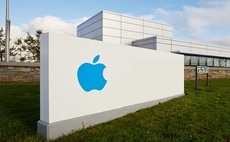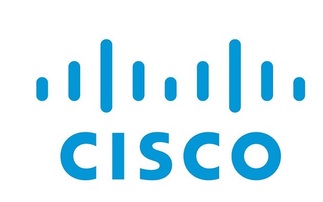Common communications infrastructure delivers videoconferencing and VoIP to 23,000 employees worldwide
UK-based technology firm Smiths Group has said its £94.5m deal with telecoms provider AT&T, signed in December last year, will save it millions of pounds a year. Under the deal, AT&T has impleme...
To continue reading this article...
Join Computing
- Unlimited access to real-time news, analysis and opinion from the technology industry
- Receive important and breaking news in our daily newsletter
- Be the first to hear about our events and awards programmes
- Join live member only interviews with IT leaders at the ‘IT Lounge’; your chance to ask your burning tech questions and have them answered
- Access to the Computing Delta hub providing market intelligence and research
- Receive our members-only newsletter with exclusive opinion pieces from senior IT Leaders



















